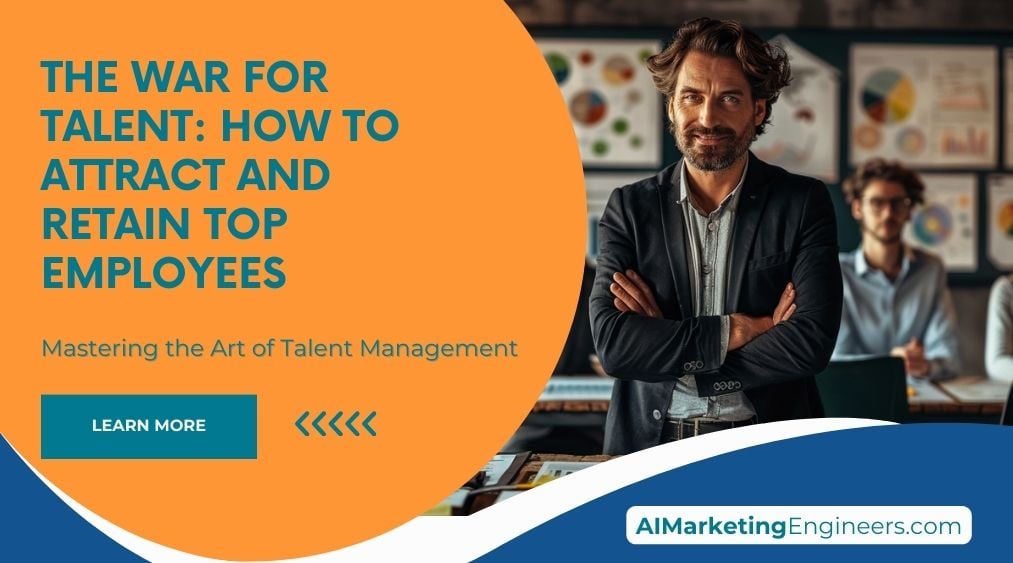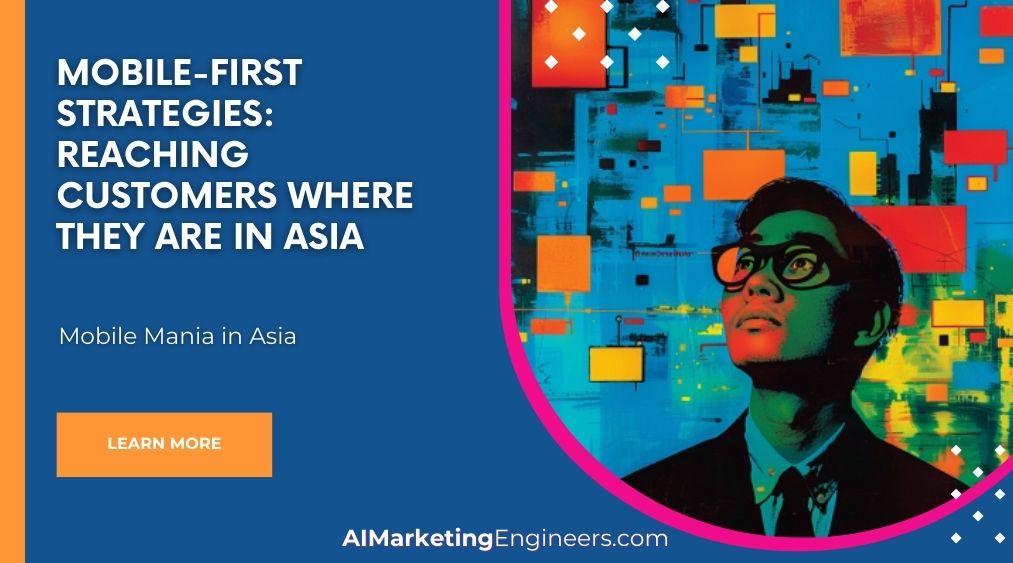Key Takeaways
✅ Rethink Compensation and Benefits: With competition fierce, companies can't afford to lag in what they offer. An eye-opening 75% of job seekers consider compensation heavily before accepting a job offer. Yet, it's not just about the money. A culture of comprehensive benefits that cater to the diverse needs of employees can tip the scales. Think health care, retirement plans, and unique perks that align with your workforce's values.
✅ Focus on Company Culture and Flexibility: More than ever, a workplace that breathes flexibility and a sense of belonging is a magnet for top talent. Statistics reveal a 20% higher retention rate in companies praised for their culture. In today's job market, offering the option to work remotely isn't just nice to have; it's expected. A dynamic, inclusive culture paired with genuine work-life balance can make your company stand out.
✅ Personalized Recruitment and Retention Strategies: Gone are the days of one-size-fits-all recruitment. A staggering 80% of companies believe tailored recruitment improves employee retention because it ensures the right fit from the start. From crafting engaging job descriptions to designing a memorable onboarding experience, a personalized approach keeps individuals feeling valued and invested in your mission.
 Introduction
Introduction
Is your company ready to win the War for Talent? In an era where the right talent can truly set your business apart, understanding how to attract and retain these golden individuals is more crucial than ever. The battle lines are drawn, and the landscape is fiercely competitive. But what makes this war so intense, and why is having top-notch employees at your helm vital to not only survive but thrive?
This article delves deep into the strategies that can turn your company into a talent magnet. We're lifting the lid on the latest trends and innovative solutions that can maximize your return on investment in human capital. From rethinking your approach to compensation and benefits to fostering a culture that champions flexibility and inclusivity, get ready for actionable insights that are set to revolutionize your talent acquisition and retention strategies.
Top Statistics
| Statistic | Insight |
|---|---|
| 70% of American companies reported difficulty filling roles. | This high percentage showcases the intense competition for talent, indicating businesses must innovate and offer more to attract employees. |
| Global talent shortage could reach 85 million people by 2030. | A startling forecast that highlights the urgency for companies to build strategic talent pipelines to mitigate this risk. |
| There were 3.5 million unfilled cybersecurity jobs in 2023. | This statistic stresses the necessity for companies to invest in training and developing internal talent to fill critical skill gaps, especially in high-demand industries like cybersecurity. |
| 90% of U.S.-based companies report hiring difficulties and are raising wages. | This broad attempt to attract more candidates by increasing wages shows companies must also look another benefits and work environment factors to stand out to top talent. |
Navigating the Competitive Job Market
In today's competitive job market, the war for talent is more intense than ever. Companies across the globe are striving to attract and retain the best employees to stay ahead of their competitors. This battle is not just about filling positions; it's about finding individuals who can bring innovation, drive, and a competitive edge to the organization. With the current state of the job market favoring the job seeker, companies must recognize the importance of attracting and retaining top employees. Achieving this is crucial for sustaining growth and ensuring long-term success. Staying ahead requires continuous adaptation to changing market trends. Investing in employer branding can significantly enhance recruitment efforts.
Spotting High Performers
Top performers are often characterized by not just their technical abilities but their soft skills, such as leadership, creativity, and adaptability. Identifying these individuals requires a keen understanding of what makes someone excel in their field. Strategies for finding top talent have evolved, with companies increasingly turning to social media, referrals, and specialized job boards. These platforms not only widen the talent pool but also enable employers to connect with potential candidates in a more personal and engaging manner. Advanced analytics and AI tools can further refine the search for exceptional candidates. Building strong relationships with industry networks can also uncover hidden talent.
Building an Attractive Workplace
At the core of attracting top talent is the creation of an environment where people want to work. This involves more than just a good salary; it's about building a positive company culture that aligns with the values and expectations of prospective employees. Practices like offering flexible work arrangements and investing in professional development can make a company stand out. Moreover, demonstrating a commitment to competitive compensation and a positive work-life balance can further enhance an organization's appeal. Regularly soliciting employee feedback can help tailor the work environment to meet their needs. Promoting a culture of inclusion and diversity can also attract a broader range of talent.
Crafting Effective Recruitment Processes
The recruitment process plays a pivotal role in winning the war for talent. Job postings should be crafted with clear descriptions and an outline of the competitive salary range to attract qualified candidates. Equally important is the strength of an employer's brand, which should be showcased throughout the hiring process. Highlighting the company culture and the opportunities for growth within the organization can leave a lasting impression on potential hires and significantly impact their decision to apply. Streamlining the application process can reduce drop-off rates and improve candidate experience. Utilizing technology for virtual interviews can also expedite the hiring timeline.
Keeping Top Employees Engaged
Once top talent is onboard, the focus shifts to retention. Strategies here include providing regular feedback, recognizing achievements, and offering clear pathways for advancement. A strong emphasis on employee engagement and satisfaction not only helps in keeping the workforce motivated but also fosters a sense of loyalty and belonging. Ensuring that employees feel valued and have access to opportunities for growth is vital for keeping top performers from looking elsewhere. Regularly reviewing compensation and benefits packages can ensure they remain competitive. Encouraging a healthy work-life balance can also contribute to higher retention rates.
Strategies for Winning the Talent Battle
The quest for top talent demands a comprehensive strategy that addresses both attraction and retention. It requires an understanding of what motivates high performers and what makes them stay. By focusing on creating a supportive, engaging, and rewarding work environment, companies can not only win the war for talent but also build a strong foundation for future success. Remember, in the battle for the best and brightest, it's not just about who offers the most money but who provides the greatest value and growth opportunities. Investing in ongoing training and development can keep employees engaged and skilled. Regularly updating the strategic plan to reflect changing market conditions can ensure continued success.
AI Marketing Engineers Recommendation
Recommendation 1: Leverage Data to Understand Employee Needs: Before you can win a war, you need intelligence. In the context of talent, this means using data analytics to understand what current and potential employees really value. A LinkedIn report revealed that 44% of employees cite a lack of advancement opportunity as a key reason for leaving their jobs. Use employee surveys, industry reports, and performance metrics to tailor your offers to what talent in your field is seeking. Fancy office perks might look good on paper, but are they what your people truly desire, or would they prefer flexible working options or career development opportunities?
Recommendation 2: Embrace a Culture of Flexibility and Inclusion: The trend is clear – flexibility isn’t just nice to have; it’s a dealbreaker for many. A Gallup poll showed that 54% of office workers would leave their job for one that offers flexible work time. Meanwhile, inclusion goes beyond moral imperative; it directly impacts your bottom line. Companies in the top quartile for gender diversity on their executive teams were 21% more likely to outperform on profitability. Create a culture where flexibility in working hours and location is the norm, not the exception, and where your team reflects the diverse world we live in.
Recommendation 3: Invest in Continuous Learning and Growth Opportunities: The most sought-after employees are those who never stop learning, and they want to work for companies that support their growth. LinkedIn’s 2019 Workforce Learning Report found that 94% of employees would stay at a company longer if it invested in their learning and development. Whether it’s access to online courses, sponsoring attendance at industry conferences, or providing internal training, showing a commitment to an employee’s growth can significantly enhance loyalty and retention. This not only helps you in retaining top talent but also in attracting ambitious professionals who see your company as a place where they can grow and achieve their career goals.
Relevant Links
- Unleash the Power of AI in Digital Marketing: Transform Your Strategies Now!
- Unlock the Secrets to Skyrocketing Campaign Goals with AI Insights
- How AI Is Changing the Game in Understanding Consumer Behavior
- Craft Irresistible Ads with AI: Personalize Like a Pro for Maximum Engagement
- Revolutionize Your Design Strategy with AI-Driven Creative Optimization
Conclusion
In the fiercely competitive job market, the war for talent stands as an undeniable testament to the evolving world of work. Understanding this war is crucial; it's not just about filling positions but finding individuals who can bring a distinct edge to your team. The significance of attracting and retaining top employees cannot be overstated—it's the cornerstone of building a resilient, innovative, and forward-thinking organization.
Identifying top talent requires a keen eye for not only the skills and experience listed on a resume but also the less tangible qualities—adaptability, creativity, and the ability to collaborate. Utilizing diverse sourcing strategies, from social media to employee referrals, has never been more important. Yet, attracting this talent is only half the battle. Creating an attractive work environment, one that champions flexibility, growth, and recognition, is crucial. It's these factors that often tip the scales for a candidate considering multiple offers.
Effective recruitment and retention go hand in hand with a company's reputation as an employer. Transparent and engaging job postings, competitive compensation, and a strong employer brand are the pillars of successful recruitment strategies. However, the journey doesn’t end once a candidate accepts an offer. Retaining top talent requires an ongoing commitment to employee satisfaction and engagement, with a focus on fostering a culture where feedback, growth opportunities, and recognition are part of the daily fabric.
In conclusion, winning the war for talent demands more than a reactive approach to hiring; it necessitates a comprehensive talent management strategy that puts people first. With the landscape of work continuously evolving, businesses that prioritize creating a compelling work environment, embrace innovative recruitment and retention strategies, and foster a culture of growth and appreciation will not only survive but thrive. Let this be a call to action for all leaders: to invest in the people who are the very heart of your organization. The future success of your business depends on it.
FAQs
Question 1: What is the War for Talent?
Answer: The War for Talent is this big battle among companies to grab and keep the very best people, especially in the tech world. Imagine it as a sports draft but for the business league. Steven Hankin from McKinsey & Company tossed this term into the mix in 1997, painting a picture of how vital it is to have skilled folks powering the engine of your business.
Question 2: Why is the War for Talent important?
Answer: It's all about staying ahead in the game. Think of your business like a car in a high-stakes race; the quality of your team is what turbocharges that car. If you don't have the best drivers (a.k.a. employees), you're not going to win against others who do. It's about adapting, strategizing, and making sure you're not left in the dust.
Question 3: How does the War for Talent impact the job market?
Answer: This war has made the job market a battlefield where companies aren't just fighting over who gets the biggest market slice but also over who gets the most talented people. With remote work and digital spaces opening up the field, it's like the whole world is up for grabs, talent-wise.
Question 4: What are the key trends in the War for Talent?
Answer: Some of the big trends shaking things up include companies rethinking the old "keep 'em locked down" non-compete policies, treating employees like VIP customers, and making sure what they offer speaks to everyone, no matter the generation. Staying fresh and responsive is the name of the game.
Question 5: How can employers win the War for Talent?
Answer: Winning means building a brand that people are drawn to, offering the kind of perks and pay that make eyes widen, digging into tech to find and keep folks, and making sure there's a path forward for everyone on the team. Think of it as being the team everyone wants to play for.
Question 6: What role do workplace benefits play in the War for Talent?
Answer: They're huge. It's like asking what role water plays in swimming. Benefits like health insurance, retirement plans, and more aren't just nice; they're necessary. They're the things that can make someone say yes to you and no to someone else.
Question 7: How can employers effectively communicate their employee value proposition?
Answer: It's all about tuning into what matters to different folks and making sure you're hitting the right notes. Whether it's showcasing your mission, highlighting perks, or showing how you help people grow, it's about making your pitch feel personal.
Question 8: What are the consequences of failing to meet employee expectations in the War for Talent?
Answer: If you drop the ball, you could end up losing your star players. It's pretty straightforward – if your team doesn't feel valued or sees better opportunities elsewhere, they might just take them.
Question 9: How can technology enhance recruitment and retention in the War for Talent?
Answer: Tech can be a game-changer, from social media making connections to AI making things smoother. It's about leveraging the latest tools to not only draw in talent but keep them engaged and feeling like part of something cutting-edge.
Question 10: What is the importance of employee development and career growth in the War for Talent?
Answer: It's critical. Showing that you're invested in your team's future – through training, mentoring, or clear career paths – can be the deal-sealer. It tells them, "We're not just your now; we're your next step and the step after that."
Academic References
- McKinsey & Company. (1997). This groundbreaking study introduced the concept of the "War for Talent," originally coined by Steven Hankin. It brought to light the escalating competition for talented individuals and underscored the importance of not just attracting but also retaining skilled employees as a pivotal element for business success.
- LIMRA. (2022). In a comprehensive research survey, it was found that workplace benefits, especially medical and retirement plans, play a significant role in an employee's decision to remain with their current employer. With 63% of workers indicating they are more likely to stay due to the benefit packages offered, this study highlights the crucial role of benefits in employee retention strategies.
- Ryan, T. (2023). PWC U.S. Chairman's insights. Reflecting on the evolving dynamics of the labor market, Tim Ryan pronounced that the war for talent has concluded, with talent emerging victorious. This assertion underscores a shift towards employee-centric negotiation power, suggesting that employers need to adapt to a reality where employees have greater leverage in dictating the terms of their employment.
- KornFerry. (2023). Through its analysis, KornFerry projected that by 2030, the global economy could face a staggering talent shortage of up to 85 million people. This prediction underscores the imperative for companies to devise and implement effective talent acquisition and retention strategies to navigate the impending shortfall and secure their growth.
- US Bureau of Labor Statistics. (2022). Highlighting a specific area of talent scarcity, this report projected a 25% growth in demand for software developers between 2022 and 2032, a rate significantly faster than the average for all occupations. It exemplifies the intensifying competition for skilled professionals within the tech industry and underscores the need for strategic hiring practices.











